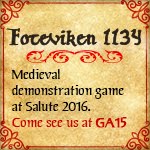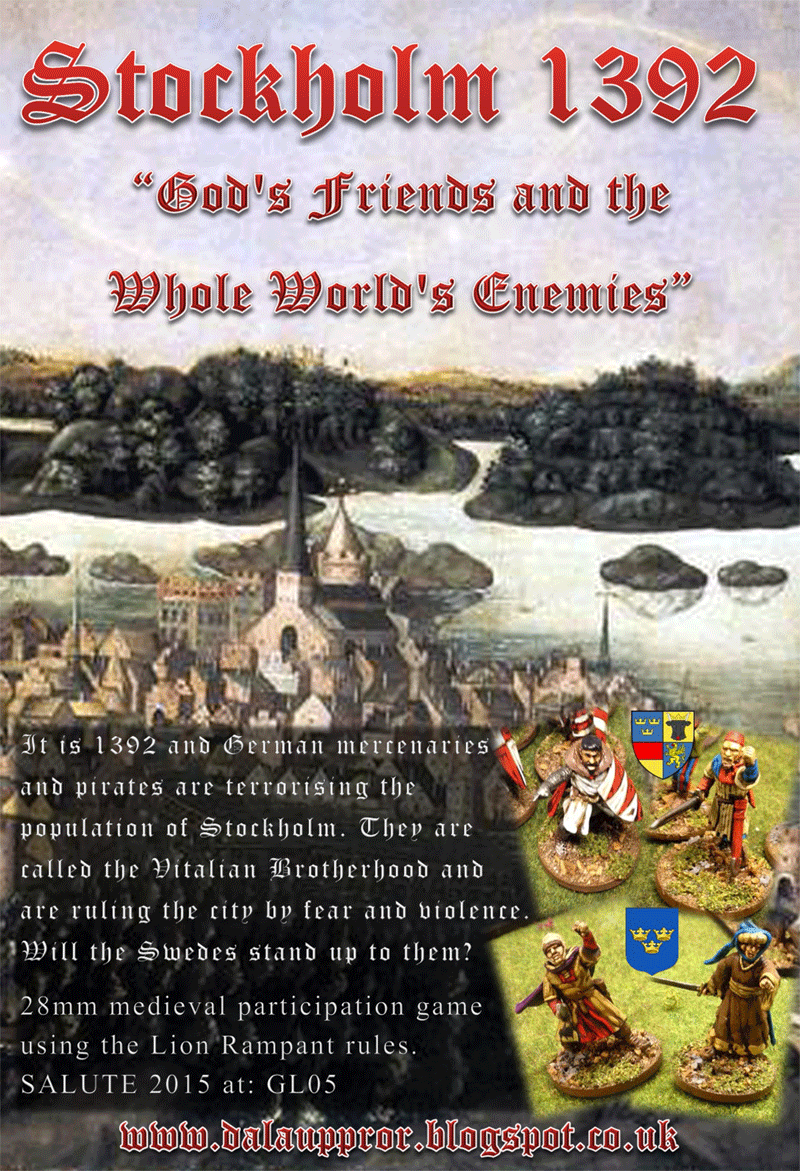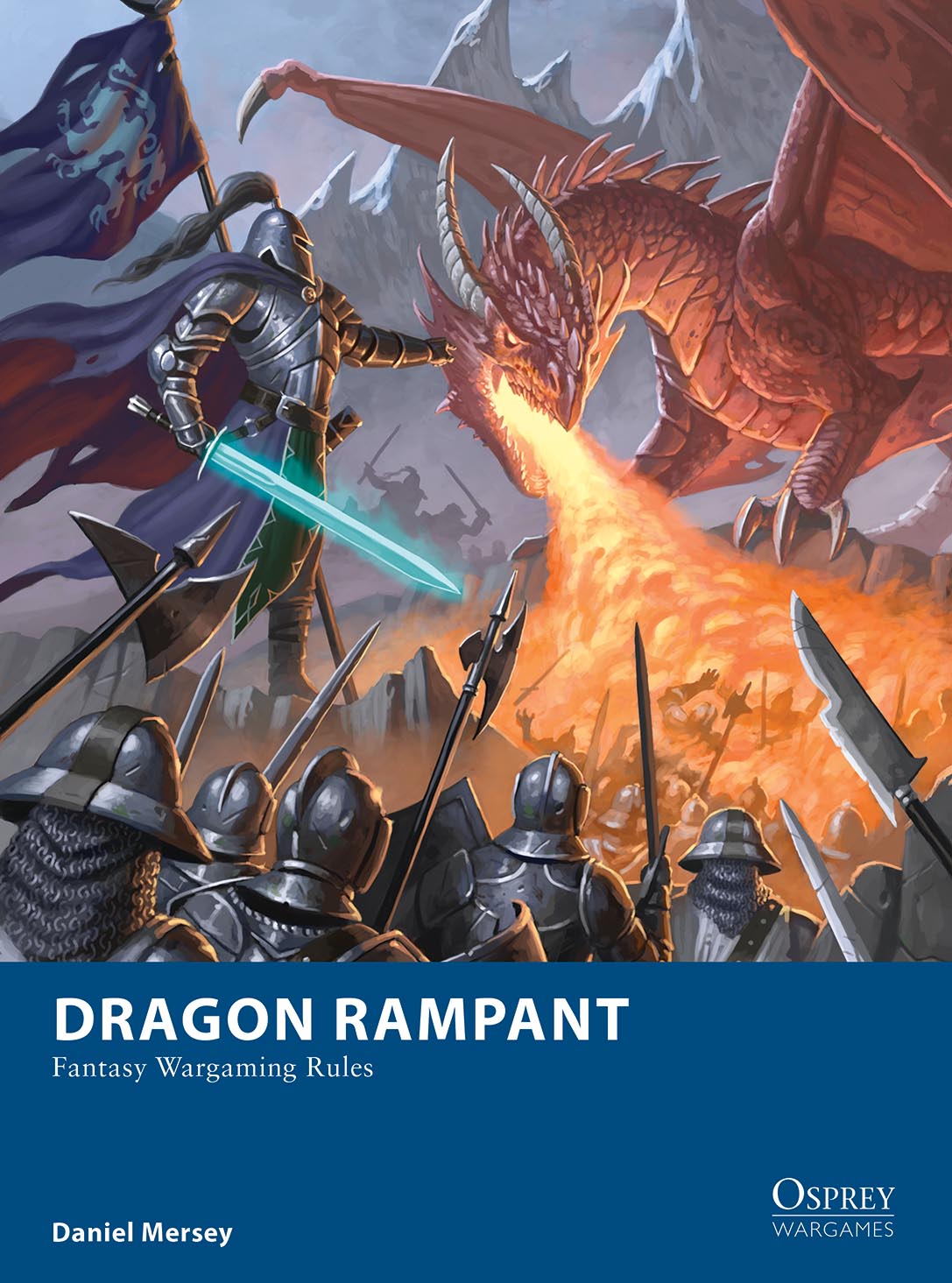The first regiment to be finished of the 4 in the Union Philadelphia Brigade are the 106th Pennsylvania Vols.(5th California Regiment)
4 Basea with 4 minis each and 2 singel based Skirmish line markers in total 18 minis, The Skirmishers are from Foundry and the rest are all minis are Perry Plastics, several converted from marching pose to a more action pose.
Flags of course from
Flags of War.
The regiment was recruited from Philadelphia between August and October 1861, with the exception of company K, which was transferred from the 27th Pennsylvania Infantry. Turner G. Morehead was selected colonel of the unit, with William L. Curry as lieutenant colonel and John H. Stover as major. It moved to Poolesville, Maryland, where it became part of Edward D. Baker's "California Brigade." The 106th saw its first action at the Battle of Ball's Bluff, on October 21, 1861.
It was next transferred to the II Corps of the Army of the Potomac. With the rest of George B. McClellan's army, it fought in the Peninsula Campaign. On June 10, Lieutenant Colonel Curry was captured while visiting the picket line. During the Seven Days Battles, the regiment fought at the battles of Savage's Station, Charles City Cross Roads, and Malvern Hill.
Along with the Army of the Potomac, the 106th was transferred to Washington, D.C., too late to participate in the Second Battle of Bull Run. It did fight at the Battle of Antietam, where it was rushed with the rest of the 2nd Division to the aid of Joseph Hooker's corps in the West Woods. However, division commander John Sedgwick hastened into the fight without taking time to make an adequate reconnaissance. As a result, the division was attacked from three sides and forced to withdraw. The 106th lost one-third of its strength in this battle.
On July 3, 1863, the third day of fighting at Gettysburg, Companies A and B were sent as skirmishers to the Bliss Farm in front of Cemetery Ridge.
The 106th continued to serve through the Overland Campaign. On July 27, 1864, those eligible for discharge were sent to Washington, D.C., where they performed guard duty until September 10, when they were sent home. The rest of the regiment was consolidated into a battalion of three companies—F, H, and K. This battalion fought through the Appomattox Campaign and was discharged on June 30, 1865.



















Lovely work Michael.
ReplyDeleteVery nice!
ReplyDeletea very impressive Regiment!
ReplyDeletethe flags give them a "finish look" .
well done!
A lovely looking unit indeed!
ReplyDeleteQuick work!
ReplyDeleteGreat looking bunch, Dal. Thanks for sharing their storied and sad history. Especially the slaughter at Antietam.
ReplyDeleteVery nice!
ReplyDeleteA great and fast painting work, Michael! Very nice unit.
ReplyDeleteThank you a lot for the history too.
Excellent work, beautiful stands
ReplyDeleteGlad you thinks they OK,
ReplyDeleteThe 2nd unit are in the pipeline, 71st Pennsylvania, if I stay up late tonight I hope to have some pictures of the finished unit at the blog morrow.
Have a nice weekend !
Best regards Michael
Very nicely done!
ReplyDeleteChristopher
Thanks Christopher for a nice verdict, yours are far better:)
Deletebest regards Michael
Impressive turnout Michael, though I bet some of your knights could ruin their day. I have a single ACW Zouave command sprue with a drum missing if it's of any use to you email me your address and I'd be glad to send it to you
ReplyDeleteHi Stuart
DeleteThanks for the offer of the Zouaves command sprue, very kind of you !
I have sent you a mail.
Best regards Michael
Great looking unit, love the flags :)
ReplyDeleteRegards
Hobbyworker.
Thanks !
DeleteWith noce bases and good flags you might get away with fast painted minis;)
Best regards Michael